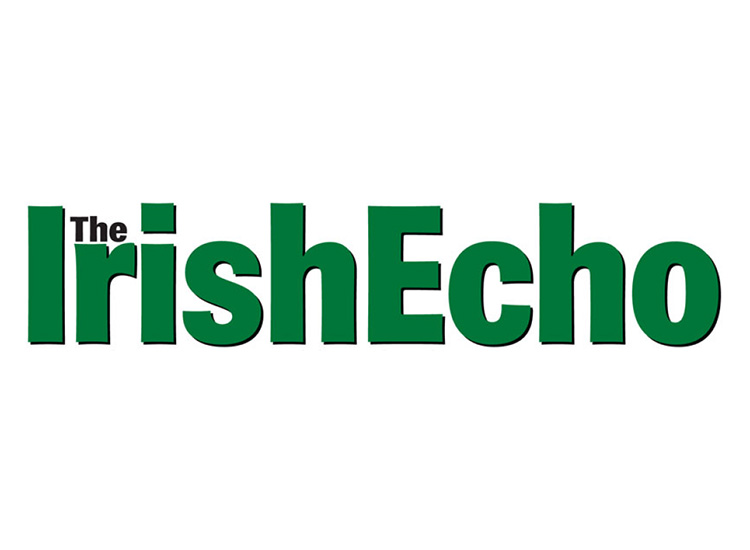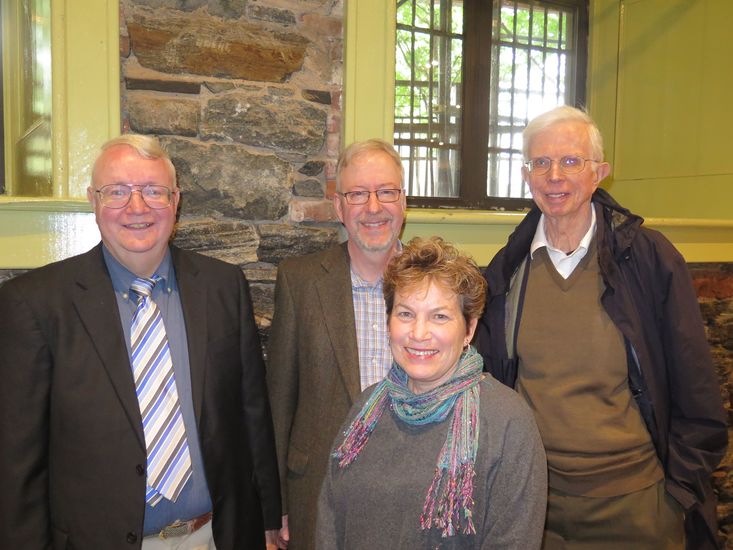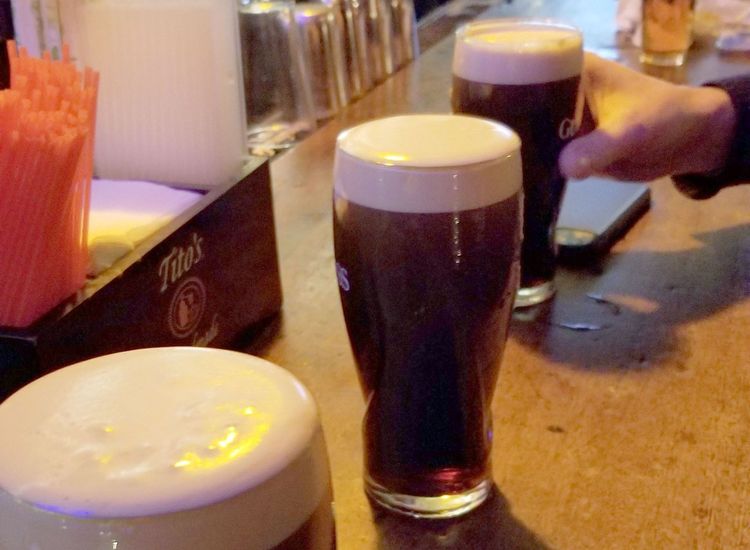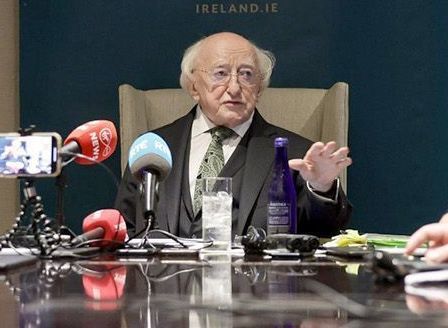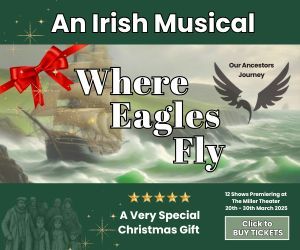By Peter McDermott
The deep ties between Ireland and North America have long been a focus of Christine Kinealy’s scholarship. Recently, though, she’s become intrigued by perhaps the most literal of them. For the Drew University professor is researching the background to the telegraph cables that were laid across the ocean floor between Heart’s Content, Newfoundland, and Valentia Island, Co. Kerry, in the 1850s and 1860s.
At a recent Midtown Manhattan meeting reviewing plans for a conference in Tuam, Co. Galway, from July 13-15, about the links between the West of Ireland and North America she said: “If I had a choice, I would speak about that.”
Anne Rodda, who is helping to coordinate the event in Tuam, was delighted to hear about the topic and also that her former teacher would speak. “Christine is the person who suggested the conference,” she said. “She asked to see if we could get something going.”
The organizers of "The Irish-American Link: People, Places and Culture,” which is being jointly sponsored by the Old Tuam Society and Drew University, are happy with the progress they’ve made so far. “It’s evolving,” said Rodda, a long-time New Jersey resident who now lives in County Galway.
President Michael D. Higgins has agreed to open the conference on Friday evening, July 13. The Irish Echo and Kean University’s Terry Golway will give a keynote address during the weekend on the late New York Gov. Hugh Carey, whose paternal grandfather came from the village of Milltown near Tuam. Raymond Gillespie, of the National University of Ireland, Maynooth, and his colleague Gerard Moran are both expected to participate. Other speakers slated to attend in July are Rosa Meehan, the curator at the Museum of Country Life, Sinead McCoole of the Jackie Clarke Collection and musicologist and folklorist P.J. Curtis.
Kinealy’s model for the conference was the annual Parnell Summer School. “It links local experts and academics,” she said. “It’s more accessible to a general public than an academic conference.”
The story of the transatlantic telegraph cable with its cast of interesting characters, such as Paul Reuter, is one that has broad appeal, believes Kinealy, a native of Liverpool. The successful transmission of messages across the Atlantic heralded a communications revolution, and it was a cause of rejoicing in major cities such as New York. It also had a geopolitical dimension.
“The British government was very, very sensitive about it,” Kinealy said of the new station that communicated with the empire.
Irish nationalists on both sides of the ocean were aware of the potential vulnerability from Britain’s point of view, but never found a way to exploit it successfully, though they tried in 1916.
Another aspect of the story was the campaign to have the cable go to Connacht. “Galway did want to take it away from Kerry,” said Kinealy, whose most recent book is “The Saddest People the Sun Sees: Daniel O’Connell and Anti-Slavery.” Ultimately, however, Valentia’s physical features won the day.
County Galway would have to wait until Alcock and Brown’s transatlantic flight from Newfoundland for its moment of international glory. Meanwhile, many tens of thousands of immigrants from the county had made their home in America in the decades leading up that historic 1919 flight, Rodda’s maternal grandmother among them.
Rodda, who grew up in Brooklyn, found the pile of stones in Kilbannon that had been the family home on her first trip with her late husband Jim some years ago. At the end of 2009, the mother of four and grandmother to eight opted to relocate to the center of Tuam. “I don’t drive in Ireland,” said Rodda, a professional genealogist who finished her doctorate in Irish studies from Drew under Kinealy’s direction.
After her relocation, she quickly threw herself into the activities of the Old Tuam Society, which seeks to preserve the town’s rich history dating back to its settlement in the Bronze Age, and is now coordinating "The Irish-American Link: People, Places and Culture” with Anne Tierney, the editor of the society’s journal JOTS, and Marie Mannion, the heritage officer for County Galway.
For more information about "The Irish-American Link: People, Places and Culture” email Anne Rodda at annerodda@eircom.net.

